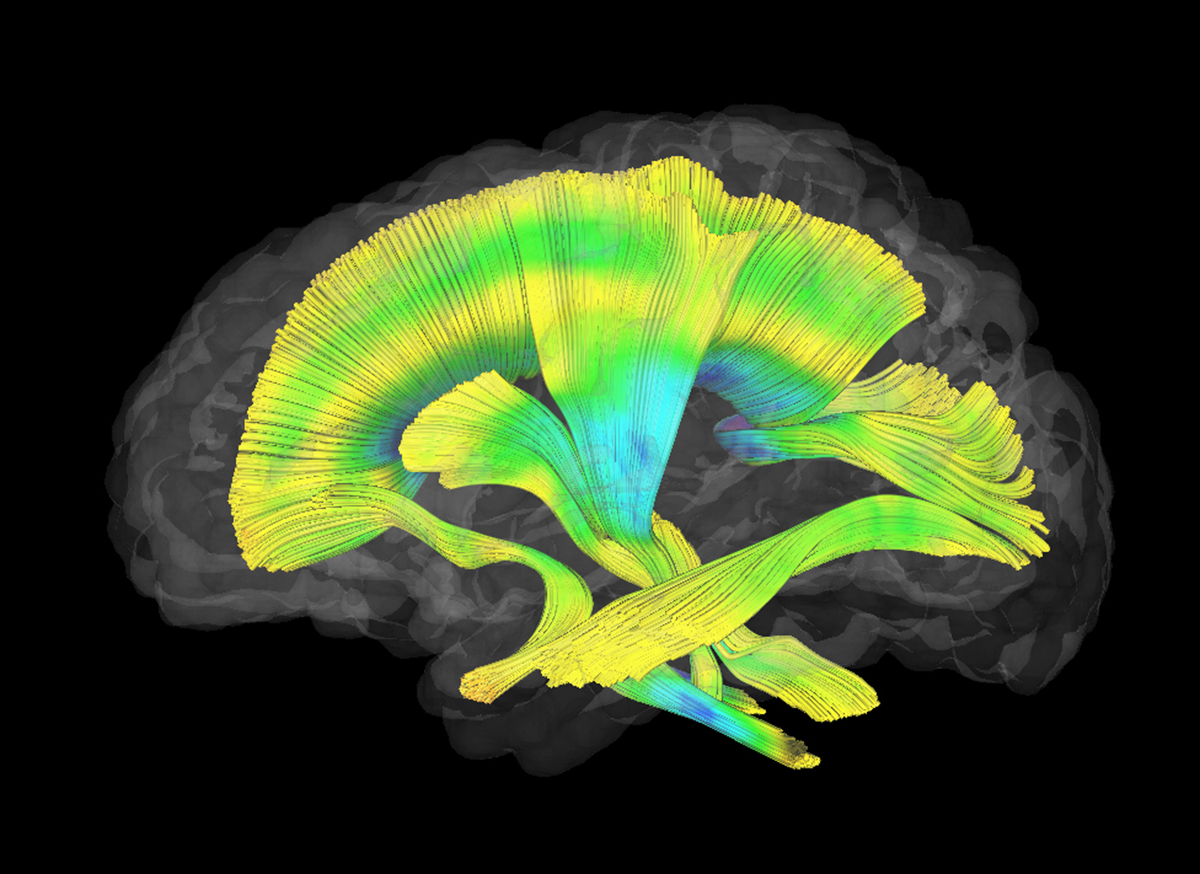Fragile X syndrome, a genetic neurodevelopmental disorder, is the most common inherited cause of intellectual disability in boys and men. The disorder is caused by a gene mutation that stops production of a protein important to brain development.
Doctors usually diagnose fragile X syndrome at age three or later based on anxious, aggressive behavior combined with social, intellectual, and motor impairments. About 10 percent of people with fragile X experience seizures, and one-third fall on the autism spectrum. Other symptoms include intellectual disabilities, problems with social interaction, delayed speech, hyperactivity, and repetitive behaviors.
But a recent study that revealed differences in infant brains related to fragile X syndrome could lead to earlier intervention and better treatment options. The study was co-led by educational psychology professor Jason Wolff and colleague Meghan Swanson at the University of North Carolina-Chapel Hill with team members at three additional universities.

The study examined the link between fragile X and the development of white matter in the brain. Using magnetic resonance imaging (MRI) in a group of 100 infants, researchers focused on white-fiber tracts, which function like bundles of cables that connect the brain’s various parts. White fiber allows neurons to communicate with each other, making it essential for proper childhood neurodevelopment.
The results showed that babies who went on to develop fragile X had less-developed white matter compared to babies who didn’t develop the syndrome. Analysis of MRIs indicated that 12 of the 19 fiber tracts examined showed significant differences in babies with fragile X syndrome.
According to Wolff, the results substantiate what other researchers have shown in animal studies: the essential role of fragile X gene expression on the early development of white matter.
“Our work highlights that white-matter circuitry is a potentially promising and measurable target for early intervention,” says Wolff.
Researchers hope their work enables doctors to diagnose babies with fragile X at a younger age. The study could also improve development of drug treatments, which so far have not demonstrated change in treatment targets for individuals with fragile X syndrome.
Read more about the study and Jason Wolff.
Reference
Journal of the American Medical Association Psychiatry, 2018: 75 (5):505–513.
Story by Ellen Fee | Photo courtesy of the Fragile X study; portrait by Erica Loeks | Fall 2018
 An image from the fragile X study
An image from the fragile X study